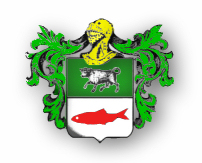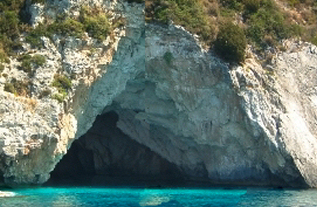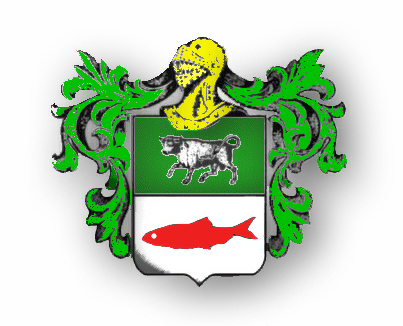


 elcome to the Pulyn-y-Aleg Castle website.
elcome to the Pulyn-y-Aleg Castle website.
"Oh, Pulyn-y-Aleg, whose battlements tower o'er the surging briny.
The gulls sad calls echo from thy walls, high and shrill and whiney "
- John Lillison, 1883
This site has only just been started, so there's not much here at the moment. Please check back soon for updates.
There is much debate surrounding the history of the castle. Some claim it was built as late as 1340, however local historians claim that the Keep is built on the foundations of a Norman ruin built by Roger de Hastings after a revolt of the barons against William the Conqueror in the late 11th century.
The castle is located on private land, in a beatutiful area on the Welsh coast. The local area is primarily dairy farms and fishing villages, which is reflected in the castle's coat-of-arms which depict a bull and a herring.
The trust currently has permission to take a limited number of visitors on tour there, provided it does not disclose the exact location of the site, as the lands owner wishes to maintain his privacy.
This permission has only been granted in the past two years which has resulted in the castle remaining in a good state of preservation, undamaged by tourists.
Visitors are therefore driven to the site in a windowless van. Access to the castle is via a natural sea-cave in the rock which joins a tunnel originally created as a means of supplying goods to the castle in the case of besiegement. Therefore a small boat trip is required.
Tours may need to be cancelled in the event of rough seas.
Please note, tours of the Castle have been suspended until the much-needed repairs to the walkways and safety railings have been completed.
For all enquiries, please Email: castletrust@gmail.com

The photograph above was taken prior to the collapse of the span between the Gatehouse and the Keep.
Many believe the collapse was caused by treasure hunters digging into the rock, particularly after John Lillison's enigmatic poem "The treasure of Pulyn-y-Aleg" was published in 1883. The other prevalent theory is that the creation of the tunnel to the "Siege Cave" caused a weakening of the rock arch, resulting in it's collapse.

Pulyn-y-Aleg as it appears today from the same vantage point.
(Photograph courtesy of James Alyd-Jones)


The "Siege Cave" from outside and looking out from inside.


